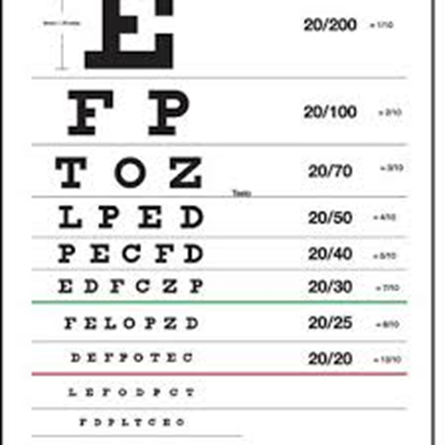The nurse working in an outpatient GI clinic is conducting a physical examination of the abdomen. What is the nurse's best action to ensure she can hear bowel sounds?
Assist the client to a sitting position.
Percuss the region before auscultating.
Reduce all environmental noise.
Palpate the region before auscultating.
The Correct Answer is C
Choice a reason:
Assisting the client to a sitting position is not the best action to ensure that bowel sounds can be heard. For abdominal auscultation, the patient should be lying down in a supine position to relax the abdominal muscles, which facilitates the hearing of bowel sounds.
Choice b reason:
Percussion of the abdomen before auscultation is not recommended as the best initial action. Percussion can stimulate bowel motility, which may alter the natural bowel sounds that the nurse is attempting to assess.
Choice c reason:
Reducing all environmental noise is the best action to ensure that bowel sounds can be heard clearly. Environmental noise can mask the subtle sounds of bowel motility, and minimizing distractions allows for a more accurate assessment of bowel activity.
Choice d reason:
Palpating the region before auscultating is not the best action because palpation can also stimulate bowel motility and potentially alter the bowel sounds. Auscultation should be performed before palpation during the abdominal examination to avoid this issue.
Nursing Test Bank
Naxlex Comprehensive Predictor Exams
Related Questions
Correct Answer is B
Explanation
Choice A Reason:
An ophthalmoscope is primarily used for examining the interior structures of the eye, such as the retina, and is not typically used for assessing near vision. It provides a view of the fundus of the eye, which is essential for diagnosing various eye conditions but does not directly assess a patient's reading or close-up vision.
Choice B Reason:
The Snellen Chart is traditionally used to measure distance visual acuity and would not be the first choice for assessing near vision. However, there are versions of the Snellen Chart or similar charts designed for near vision assessment, typically held at a reading distance of about 14 inches from the patient. These charts have rows of letters or symbols that decrease in size and are used to determine the smallest print size a person can read.
Choice C Reason:
A magazine can be a practical tool for assessing near vision informally, as it contains various sizes of print and is a good representation of everyday reading material. The nurse can ask the patient to read a specific paragraph to observe their ability to see and comprehend text at a close distance.
Choice D Reason:
A penlight is not used for assessing near vision. It is typically used to assess the pupillary light reflex or to illuminate specific areas of the eye during an examination. The penlight helps to evaluate the response of the pupils to light but does not measure the patient's ability to read or see objects up close.

Correct Answer is C
Explanation
Choice a reason:
Assisting the client to a sitting position is not the best action to ensure that bowel sounds can be heard. For abdominal auscultation, the patient should be lying down in a supine position to relax the abdominal muscles, which facilitates the hearing of bowel sounds.
Choice b reason:
Percussion of the abdomen before auscultation is not recommended as the best initial action. Percussion can stimulate bowel motility, which may alter the natural bowel sounds that the nurse is attempting to assess.
Choice c reason:
Reducing all environmental noise is the best action to ensure that bowel sounds can be heard clearly. Environmental noise can mask the subtle sounds of bowel motility, and minimizing distractions allows for a more accurate assessment of bowel activity.
Choice d reason:
Palpating the region before auscultating is not the best action because palpation can also stimulate bowel motility and potentially alter the bowel sounds. Auscultation should be performed before palpation during the abdominal examination to avoid this issue.
Whether you are a student looking to ace your exams or a practicing nurse seeking to enhance your expertise , our nursing education contents will empower you with the confidence and competence to make a difference in the lives of patients and become a respected leader in the healthcare field.
Visit Naxlex, invest in your future and unlock endless possibilities with our unparalleled nursing education contents today
Report Wrong Answer on the Current Question
Do you disagree with the answer? If yes, what is your expected answer? Explain.
Kindly be descriptive with the issue you are facing.
